This year’s election is set to be the most expensive election in history. According to Axios, a projected 16 billion dollars was spent across all races. Is all this spending really convincing people to vote for specific candidates, or has it just become background noise every election season?
Upper School Spanish teacher Brian Cassady said, “This particular election cycle, I feel like I’ve seen more advertisements and reach-out.”
Cassady echoes a sentiment felt by many. Ad spending has been rising steadily for years now and it is only expected to keep increasing.
To find out why it has been increasing, we have to look at the events around these elections. In 2016, almost every Democrat thought Hillary Clinton would win by a landslide. As a result, minimal amounts of money were contributed.
In 2020 Democrats recognized Trump as a legitimate presidential candidate and thus saw that they needed more money. A lot more money. In addition, this year, President Joe Biden’s dropping out gave Democrats a new sense of hope that they could beat Trump again.
Both campaigns know that the other is spending lots of money, and as a result, they are forced to try and replicate that spending.
When asked about the increased frequency of political ads, AJ Wright ‘25 said, “I feel like this [election] matters the most in terms of our democracy.” This is a possible explanation, due to the fact that democracy was a sticking point for both parties in 2020 and now in 2024.
According to Open Secrets, there is a clear funding gap in the presidential race. While Former President Donald Trump has raised an impressive 642 million dollars, Vice President Kamala Harris has blown that number out of the water raising over 1 billion dollars and having spent more than Trump has raised.
However; the amount of advertising here in Pennsylvania has been “a fair amount of both,” according to Wright.
According to a study conducted by the University of Cambridge, the content of political ads does have a role in the effectiveness, but it is very hard to predict trends.
This election though, campaigns have clearly settled on what they think will convince voters to join their cause.
Oliver Peterson ‘25 said, “I feel like I see mostly attack ads rather than positive ads.”
However, the question remains: does all of this political advertising actually translate to voters?
According to the latest Harvard Harris CAPS poll, 86% of voters have already made up their minds, meaning there are not a lot of people left who could have their minds made up based on political ads. Still, the campaigns show no sign of slowing down with the firehose of ads that we see everywhere.
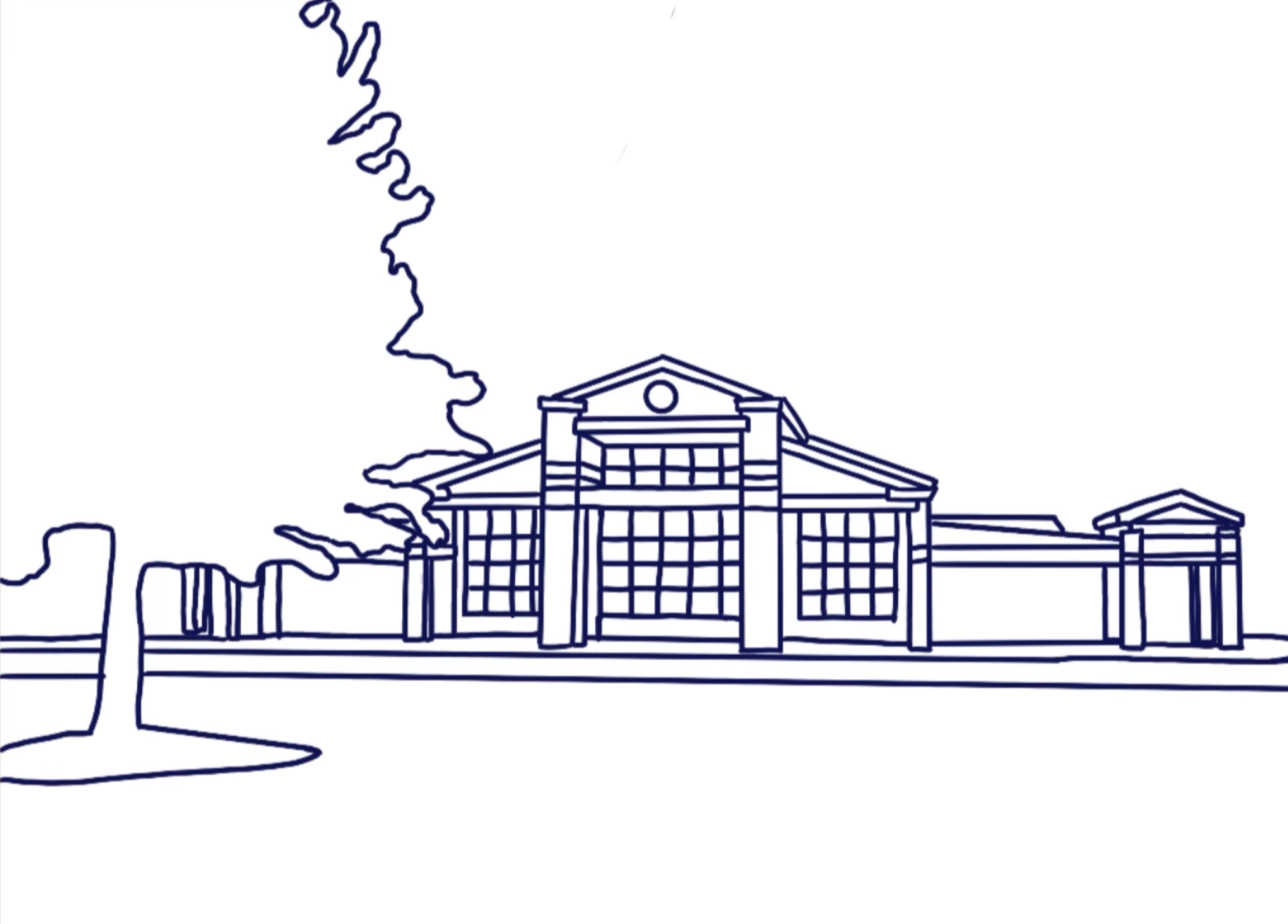









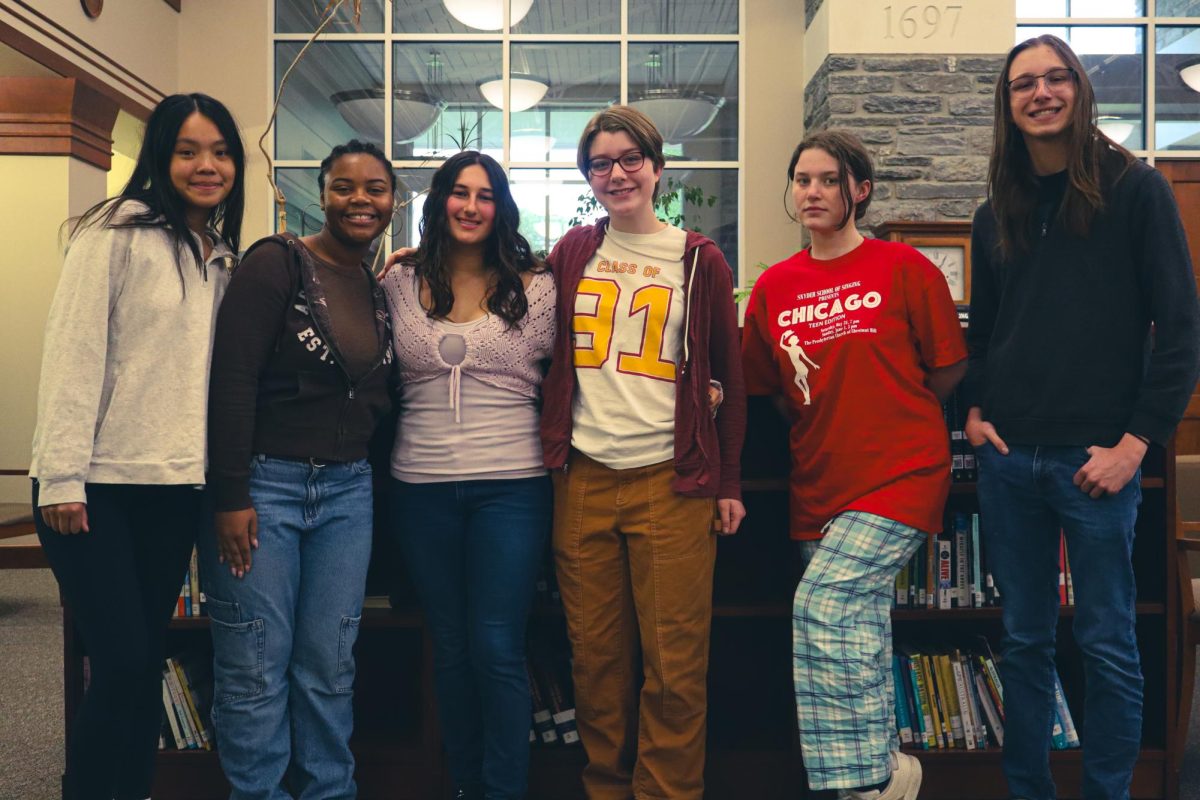



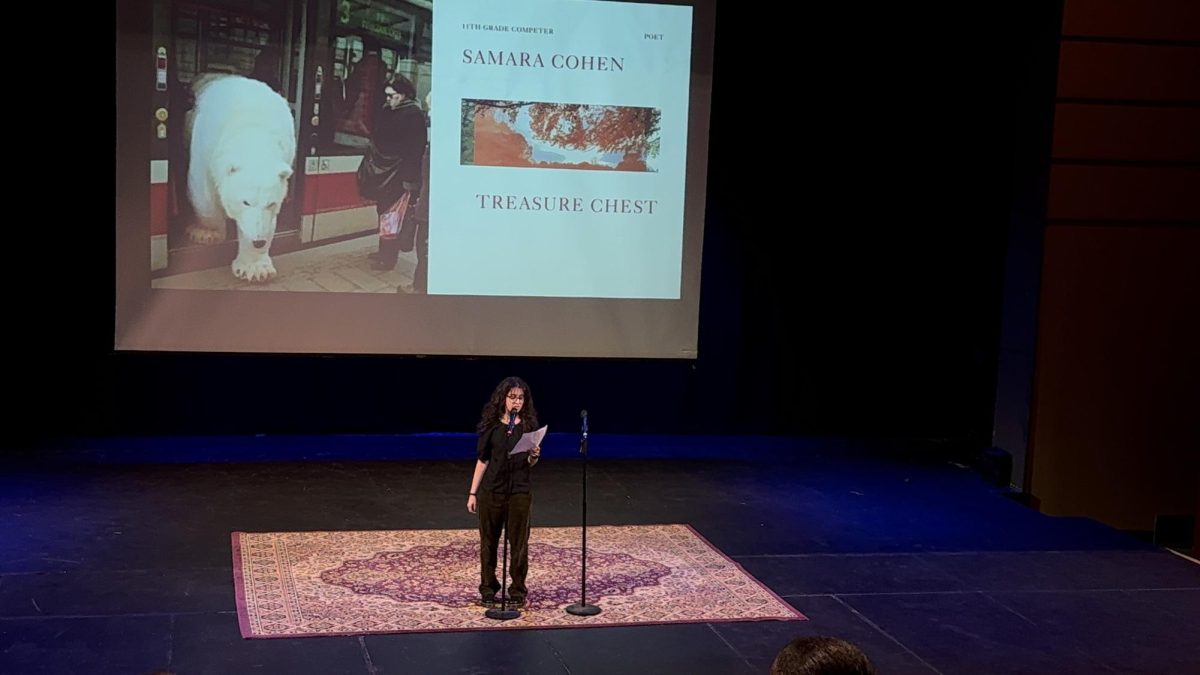
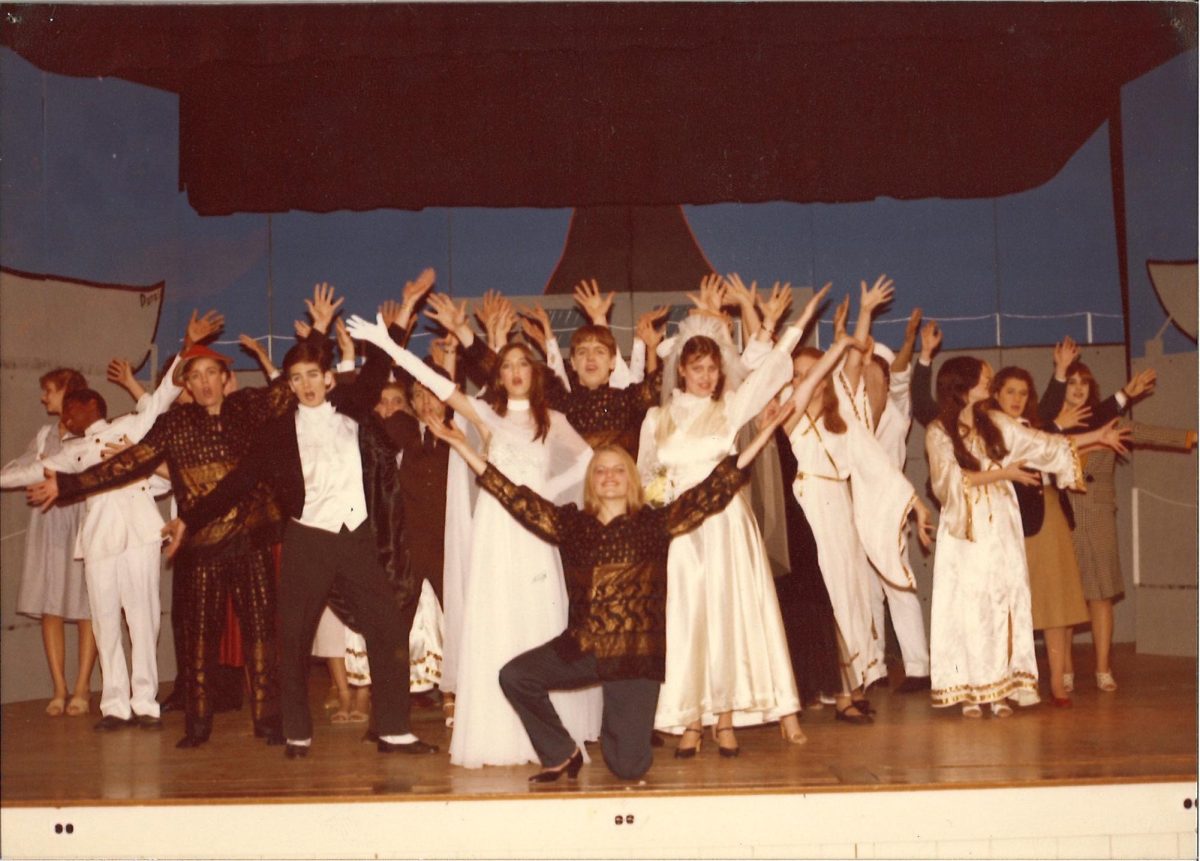

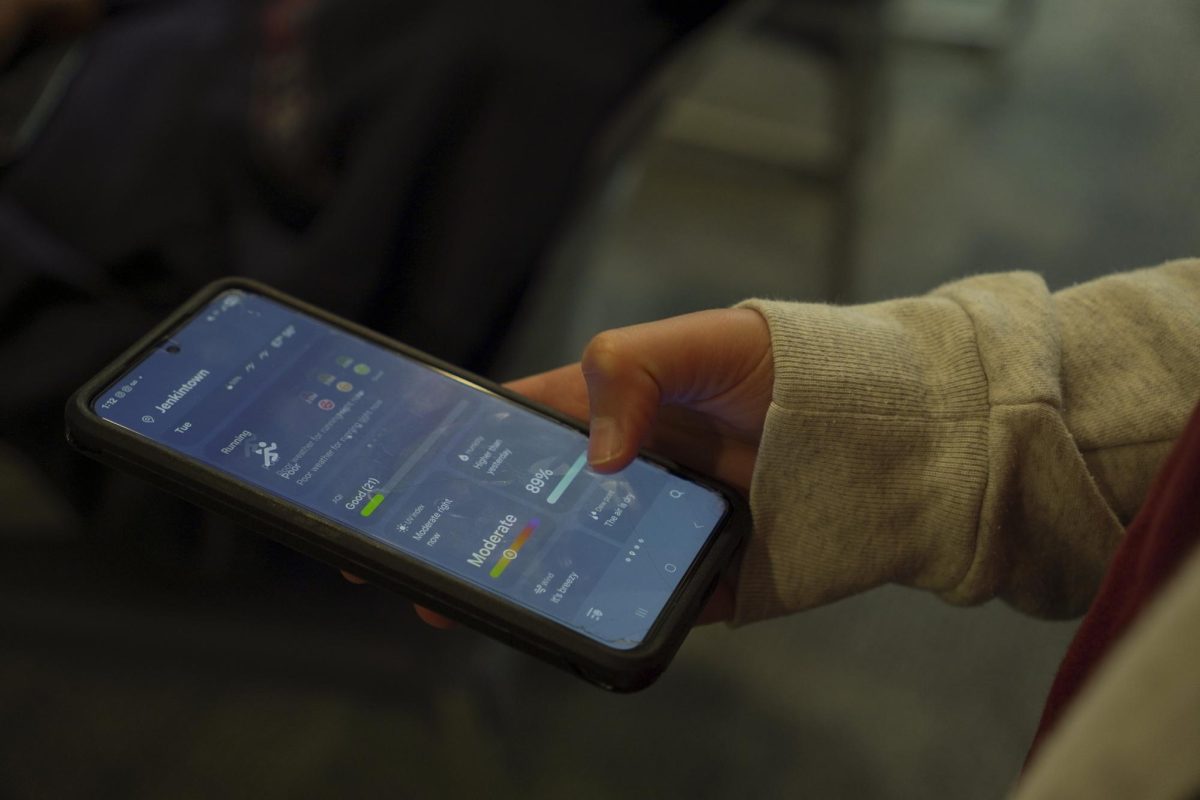


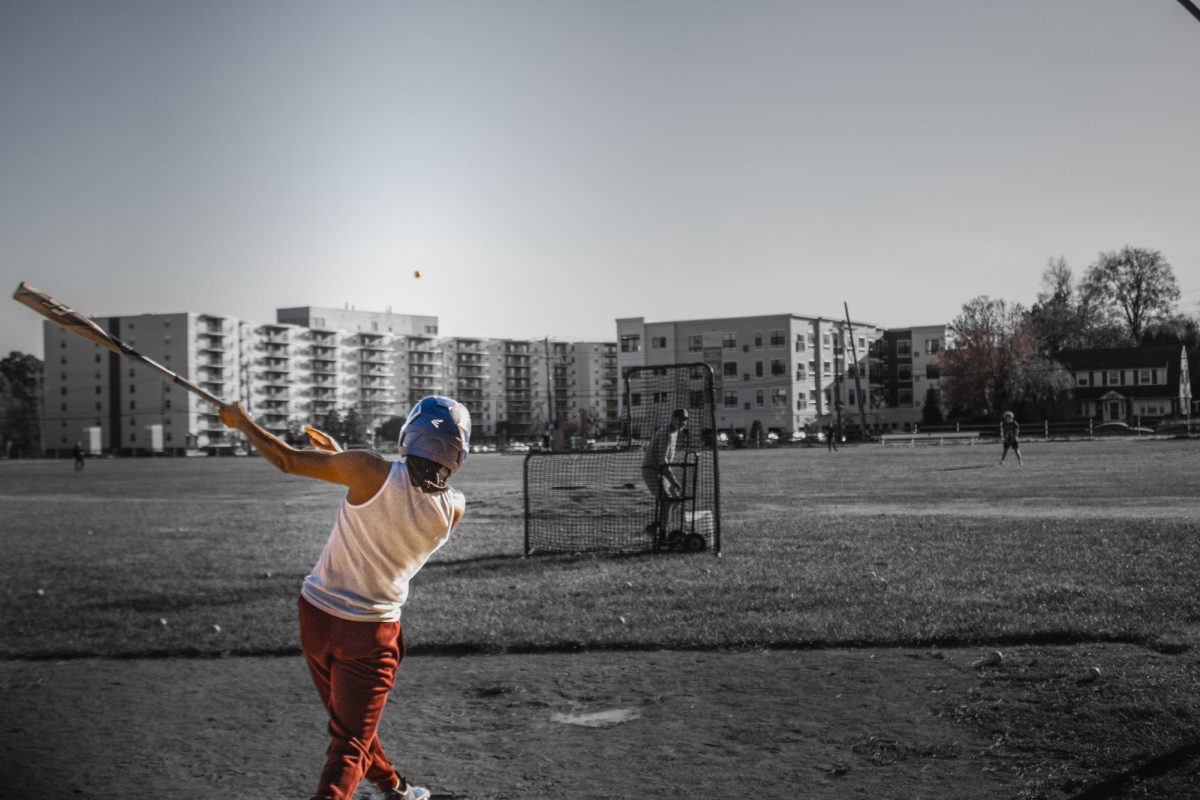
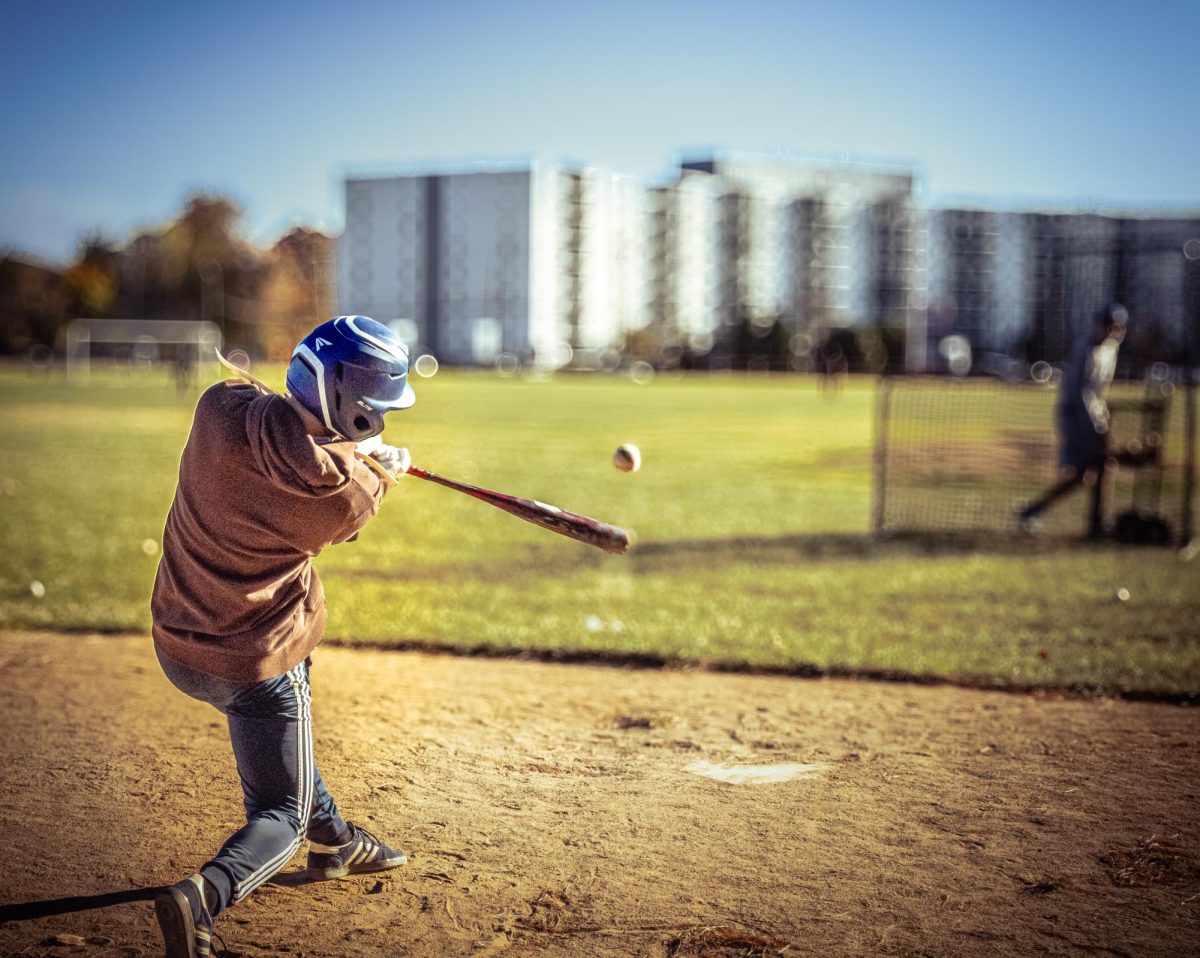

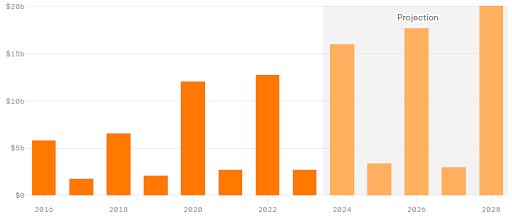
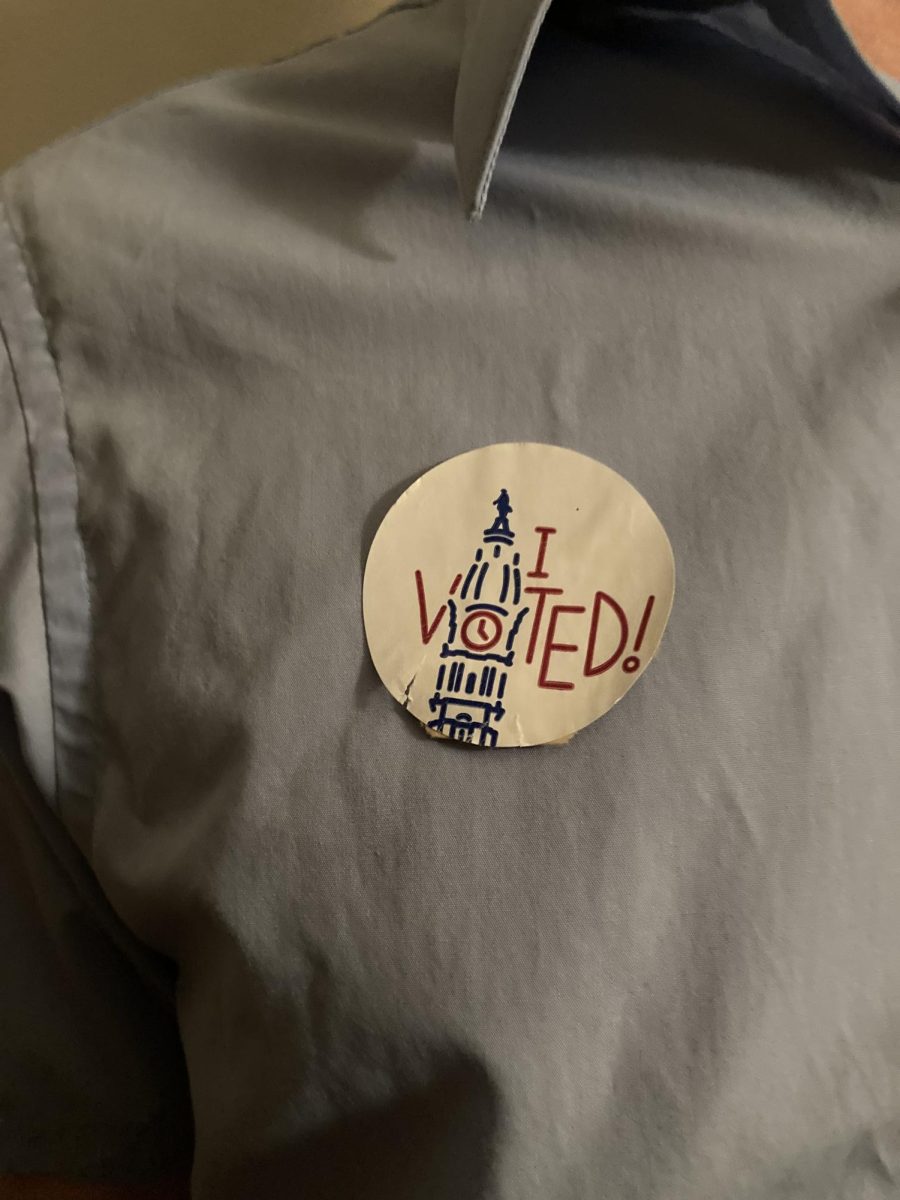

Anaria • Nov 6, 2024 at 5:28 pm
After reading this article it gives me a new perspective of the ads revolving around the election. At first I thought they were annoying just more ads to ruin my shows. But now I see them as persuasive videos for each side convincing others who haven’t chosen a side yet to vote for them. Most of these ads are more focusing on attacking the other side rather than promoting their side. Either way now I see these ads focusing around the election in a better light and as the years continue the money raised towards these ads are only going to continue.